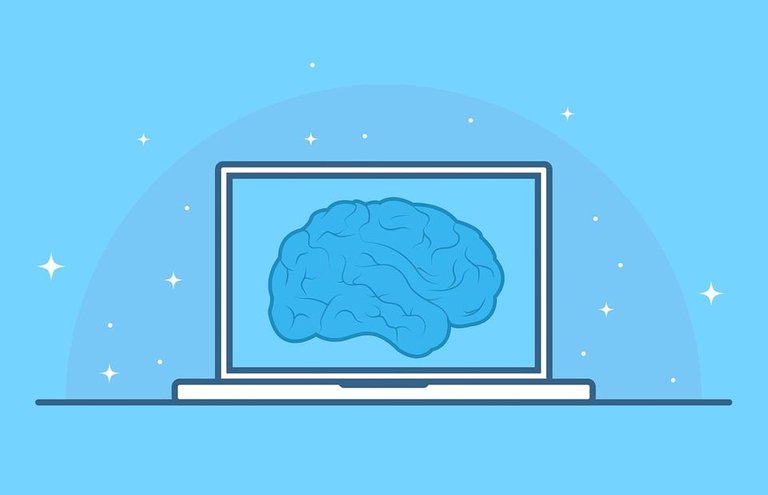How AI Can Augment The Education System
AI has helped augment almost every aspect of our lives even in its nascent stage. It is difficult to imagine all the developments of today merely a couple of decades away.
Even so, there is still a long ways to go and a lot of areas that could really benefit from the fruits of artificial intelligence. One such important area is of education. Even after all the cutting edge technologies, the education system largely remains the same, especially in the developing countries.
The many AI systems that we have already can already help bring in a lot of changes for the better. This is of vital importance because children really are the future of the world and it is important to educate them properly and raise them in the right manner for the future to be in safe hands.
How AI Can Help
Personalised Learning
AI enables personalised learning for students. A learning app for example, can incorporate an algorithm to gather data about a student’s learning pace, strengths, weaknesses and tailor educational content to match their unique needs.
Learning progress can be tracked by gathering data on various performance metrics and real-time feedback can be provided as well. This gamification of learning can rekindle engagement among students.
Decreasing Teacher Workload
AI can be used to automate teachers’ tasks so they can focus on areas like personality development and providing human interaction. For example, an ML powered homework and tests grading software that assesses students’ work.
Some schools in China have already implemented this, where the AI system uses an evolving knowledge base to apply general logic to grade students’ work.
Identifying Learning Disabilities
Since humans can’t effectively identify learning disabilities, AI systems can be applied that use advanced tests and huge data sets to identify learning disabilities and suggest teaching methods accordingly.
An example of this is the perceptron based learning disability detector (PLEDDOR). It’s an artificial neural network model that identifies three learning disabilities - dyslexia, dysgraphia and dyscalculia, using curriculum based tests conducted by special educators.
Augmenting School Administration
A school wide, data-driven AI infrastructure is an indispensable tool for school administrators which provides countless insights into everyday operations. Student monitoring systems can be used to identify students at risk of dropping out or failing their exams and take measures accordingly, enhancing overall retention.
Virtual counselling can help students identify and choose their future career based on an analysis of their interests, skills, performance metrics and so on.
AI can magnify efficiency in daily operations, by modeling complex data. For example, an ML algorithm can be used to minimise food wastage in the canteen by analysing the amount of food required based on historical consumption data on different days and ordering raw materials accordingly.
Facial recognition on CCTV cameras can identify bullying or other abuses, and the perpetrators can be dealt with in real time, bolstering student security.
Automating administrative activities like coordination and control, data-driven complex decision making about costs and revenues and so on, can free up management’s time so it is better utilised at other tasks that a human can do better.

To listen to the audio version of this article click on the play image.

Brought to you by @tts. If you find it useful please consider upvoting this reply.
Thanks!